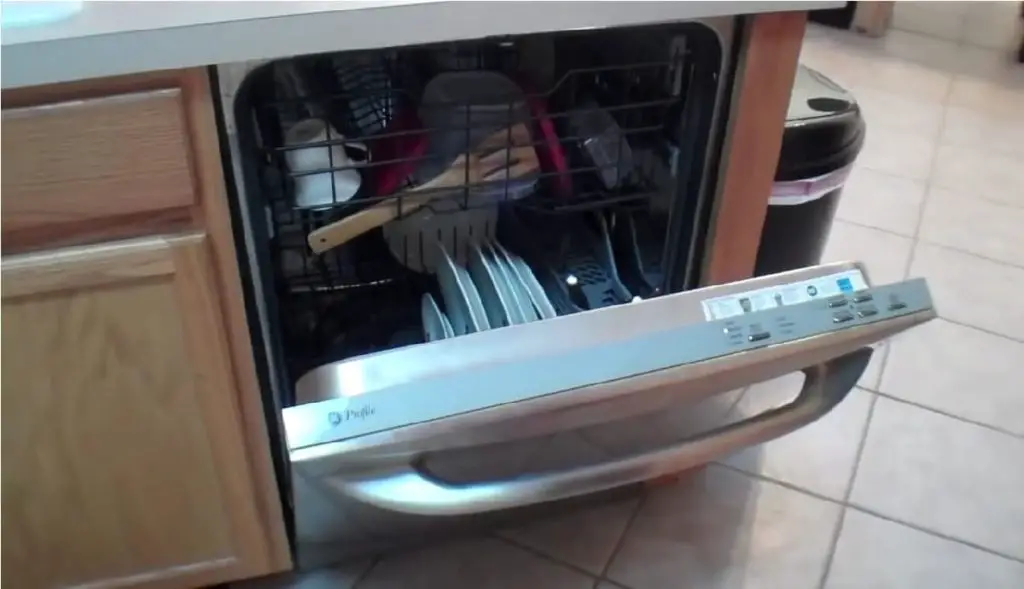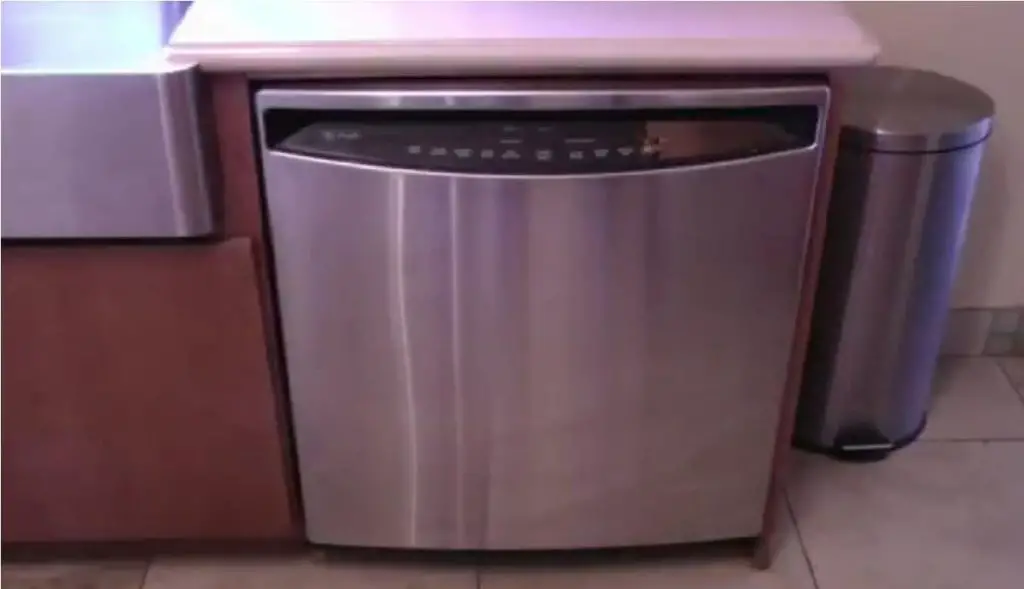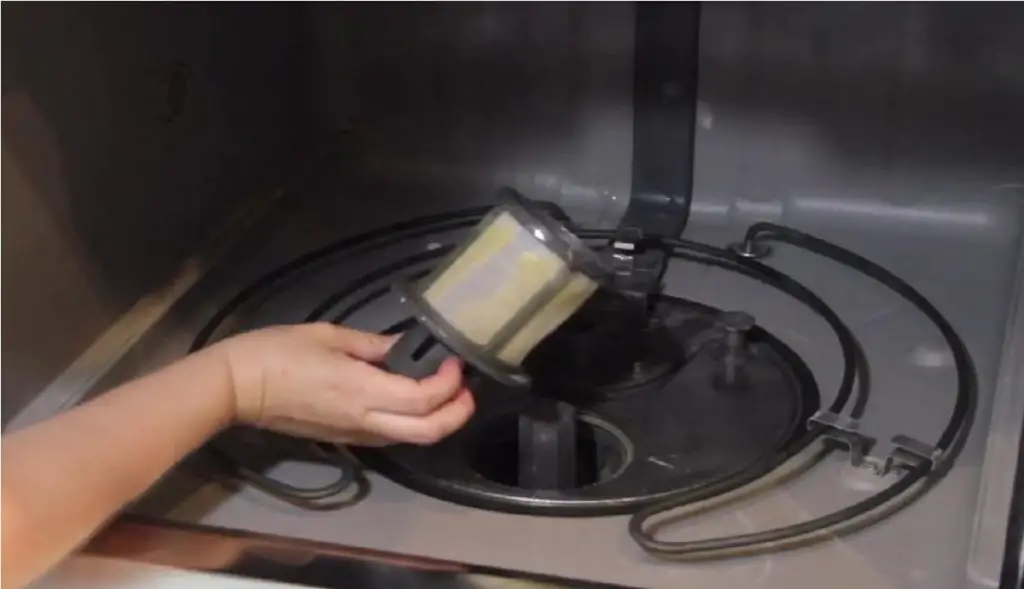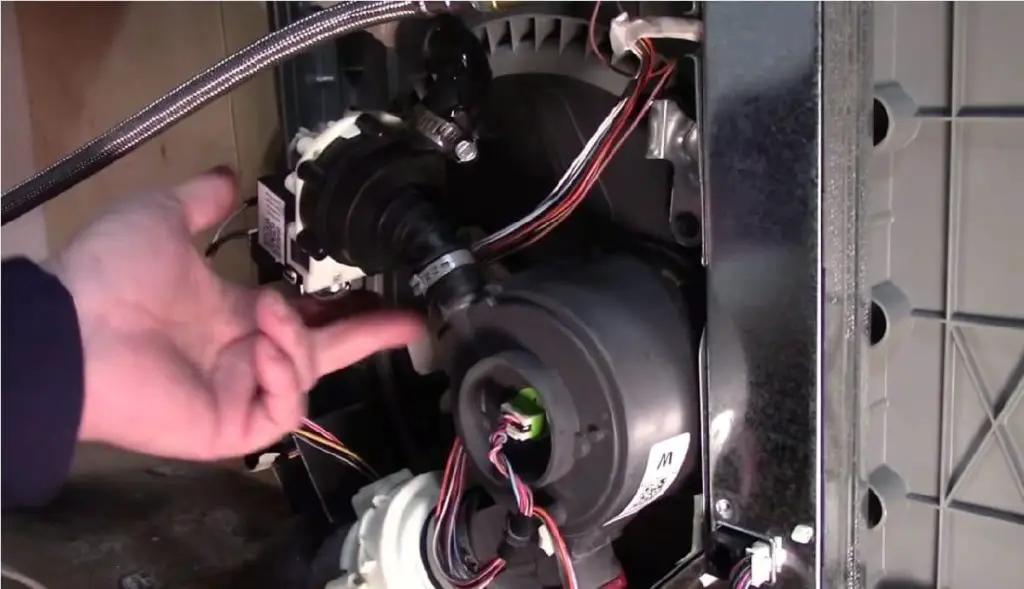If you own a dishwasher, you should know that an operation as simple as how to clean a GE dishwasher filter, can cause multiple problems that can be avoided with a simple filter cleaning method. In this article I will show you how to clean a GE dishwasher filter following a series of steps as shown below.
What is a dishwasher?
The dishwasher is one of the most used cleaning implements in our kitchen as it is an invention that has revolutionized the scrubbing action. The process is done in a very efficient way and with an impressive saving of energy and water, thus obtaining optimum results in the washing of our dishes.


It simply opens, the dishes are placed, closes, turns on and this machinery washes the dishes without touching them, the process consists of circulating pressurized water through the sprinklers which removes all types of dirt and grease from the dishes. This is because the water comes out at a speed of 145 km per hour, the dishwasher controls the speed of the water by passing it through a series of pipes which are reduced in diameter to increase the pressure of the same.
The system is loaded with 15 liters of water normally and also maintains ideal pressure and speed levels to be able to spray 64 liters per minute. This whole process occurs with exactly 15 liters of water as it is recirculated through the system. Initially the speed of the water is slow because we must maintain a constant pressure and a constant temperature to loosen the grease and debris from the dishes, then this speed increases as the water passes through narrower pipes taking advantage of the principle of pressure and area, the smaller the area the higher the pressure levels. In addition to the high pressure water outlet, the sprinklers have another design at its ends where they circulate the water with an inclination, this small inclined outlet makes the sprinkler rotate by propulsion effect, thus getting the water to reach the dishes in all directions.

Reasons why your dishwasher clogs.
There are several reasons why your dishwasher may clog. Such as a piece of broken glass, a piece of bone or a solid piece blocking the drain pump or circulation pump. As well as a grease plug that accumulates over time in the pipes of the system.
Recommendations.
It is important to pay special attention to this part of the article since here is the answer to the question of how to clean a GE dishwasher filter.
After each wash, it is advisable to systematically clean and wash the micro filter. This filter is located at the bottom of your dishwasher and is where all the dirt and solid residues accumulate after washing. The dishwasher always works in recycle mode which means that the water circulates and is the same throughout the washing process.
Filter cleaning.
As mentioned above, the filter is located at the bottom of the dishwasher just below the sprinkler, it is easily removed by turning it a quarter turn counterclockwise and pulling it out. It is also important to keep in mind that in order to access the filter we must remove the dishwasher containers by pulling them out of their channels, then you will probably have to remove some screws to be able to remove the sprinkler. If it is not necessary to remove the sprinkler, simply place it in a position where it is easy to remove the filter. After this step it is not necessary to use special cleaning products, simply use an old toothbrush and rinse with plenty of soap and water, the idea of using the brush is to be able to access all the places where dirt accumulates.

After cleaning the filter, we also proceed to clean the lower seal of the dishwasher door which is located just in front of the filter.
In this process it is important to evaluate a general degreasing cleaning for the dishwasher, if we have a lot of dirt and grease accumulated in the door seal gaskets we must consider a degreasing with special products for this.
In addition, while we are in the cleaning process we check the sprinkler outlets, we must verify that they are not obstructed, in case they are, remove the obstruction.
Disassembly and cleaning of the drainage pump and circulation pump.
Then we must continue disassembling and verify the drainage pump and the circulation pump, if we observe society and obstruction in this area should be removed. It is important to emphasize that both the drain pump and the circulation pump are always close to each other, normally it is necessary to disassemble the pipes that enter and leave them and check if they have obstruction also check the turbines that make the water circulate or drain.

There are some models of dishwashers that have a plastic piece that serves as a filter at the bottom of the dishwasher before reaching the access to the drain and circulation pumps, in these cases simply by accessing these filters we can clean them in the same way.
It is not necessary to disassemble both the circulation pump and the drain pump completely, just loosen the clamps and disconnect the hoses. From this point you can see if there is any obstruction in the motor blades and with tweezers and manually remove it.
After disassembling and verifying the obstruction we proceed to place everything in its place again, say reconnect the hoses and place the clamps in the position where they were, this is necessary since if they are not placed in the correct place there can be important leaks in this point.
After having everything assembled and in its place we proceed to reconnect the electrical part and fix the sealing caps in its position, it is important to have the screws that we have removed in a position where the screws are not mixed and we can place each screw in its place. We place the dishwasher filter in its place, we place the sprinklers in its place also with its screws, we place the grills and the slides where the dishes go and we have it ready to use.
Conclusion.
An important consideration when using our dishwasher is to first remove all the solid parts and debris from our dishes, whether they are pieces of bones, paper, etc., and if possible, wipe them with absorbent paper to remove some grease before starting the dishwashing process. It is not necessary to do a pre-wash since we would be wasting the water saving that the dishwasher promises us, we simply have to remove all the solids to avoid stagnation of the filters and remove a little grease with an absorbent paper. Once this step is done, we are ready to use our dishwasher, and thus, it will provide us with optimum performance.
Another important recommendation when placing our dishes inside the dishwasher is, once all our dishes are placed in the washing racks, to check that the sprinklers rotate completely before starting the process, this is important to do because we ensure that the sprinklers will rotate normally and will perform the work for which they are designed. Otherwise it can get stuck with one of the plates or dishes that are poorly positioned, this would cause the washing is not done correctly and also we would have to perform a second wash as our dishes would not be washed properly.
